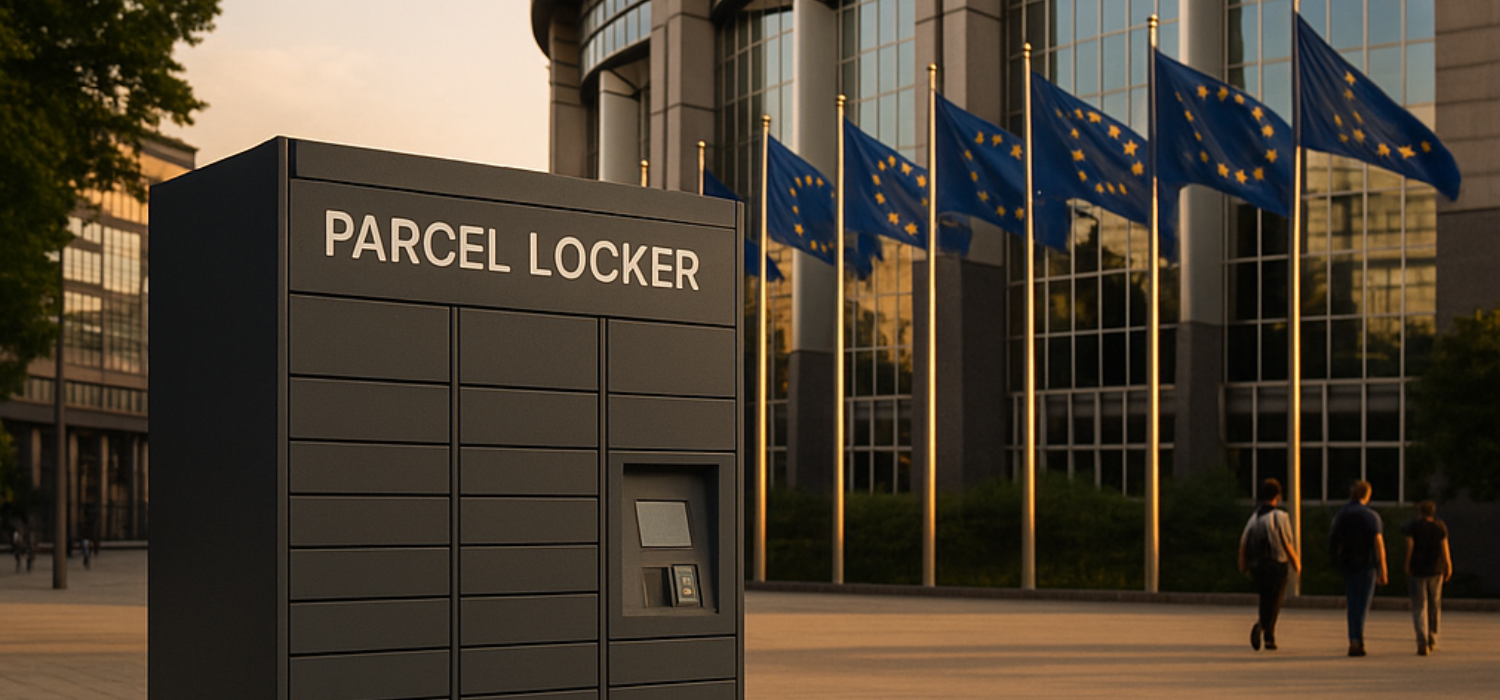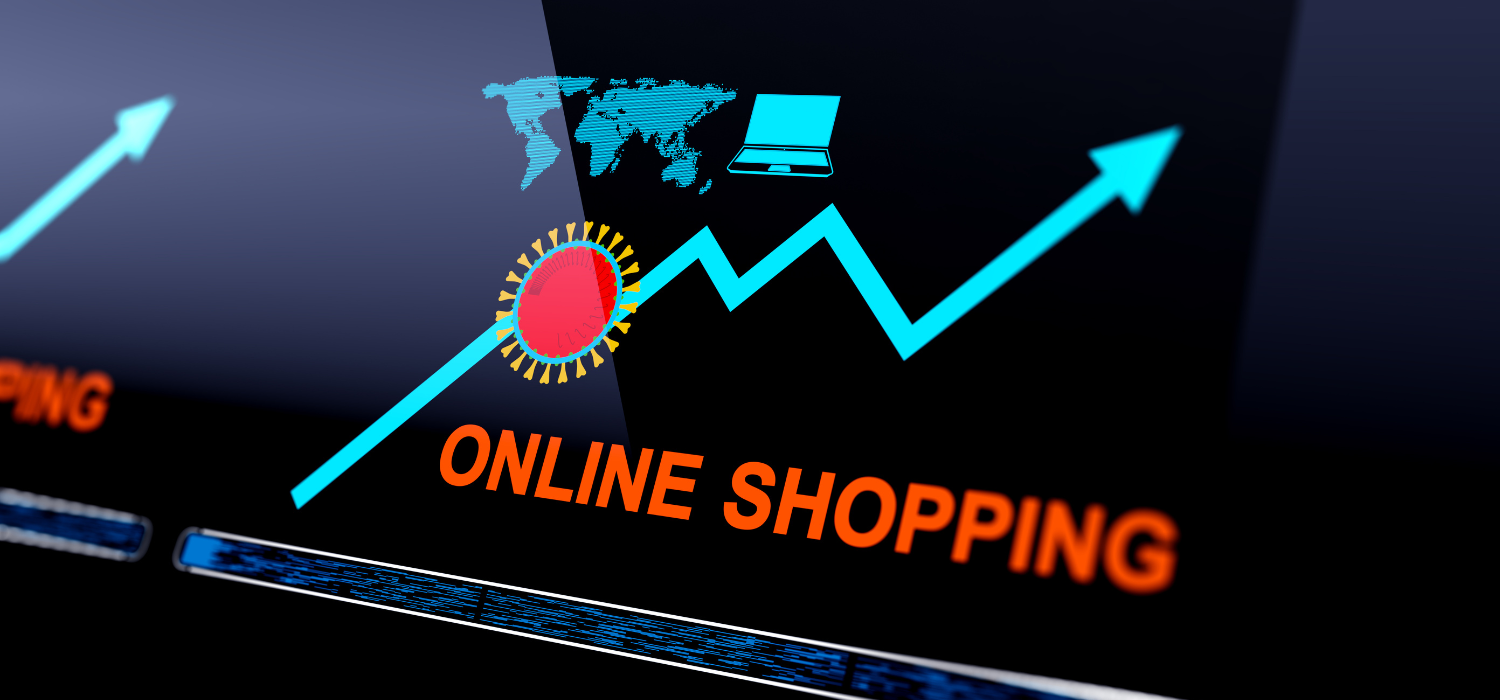For decades, logistics has pursued efficiency, moving from manual models to process automation. Today, however, artificial intelligence is changing the rules of the game.
From demand forecasting to warehouse management and last-mile optimisation, AI promises a new era for the entire supply chain. But it’s not just about automation. The real evolutionary leap is the ability to anticipate events, predict behaviour and make data-driven decisions in real time. This ‘predictive’ approach allows companies to be proactive rather than reactive.
In this article, we will explore what predictive delivery really means, what AI technologies are already being applied to logistics, how they are transforming out-of-home deliveries, and what role a technology operator such as GEL Proximity can play in making shipments smarter, more sustainable and more efficient.
AI technologies currently used in logistics
Artificial intelligence in logistics is expressed through various technologies, which often work in synergy. Among the most relevant are:
- Machine learning: this allows large amounts of historical data to be processed to identify recurring patterns and predict, for example, peaks in demand and adverse traffic or weather conditions along delivery routes. This allows for better route planning, reduces unexpected events and improves the overall reliability of the service.
- Predictive analytics: uses statistical and AI models to suggest, in real time, the most efficient route or the most suitable delivery point, based on variables such as urban density, the availability of collection points or the recipient’s preferences.
- Algorithmic optimisation: automates fleet and warehouse management, allocating resources in the most efficient way possible and reducing waste, delays and operating costs.
In this scenario, AI is therefore a strategic tool for strengthening the resilience and competitiveness of logistics networks.
As highlighted by McKinsey, artificial intelligence models offer concrete advantages over traditional spreadsheet-based analytical methods. The use of AI-driven forecasts in supply chain management, for example, can reduce errors by between 20 and 50%, leading to a reduction in lost sales and product unavailability of up to 65%. At the same time, inventory costs can decrease by 5 to 10%, while administrative costs are reduced by up to 40%.
What is predictive delivery and how does it work?
Today, thanks to AI, it is no longer science fiction to think that a system knows where and when to ship a package even before the customer orders it. This is the increasingly concrete promise of predictive delivery: a logistics model based on the analysis of large amounts of data to anticipate demand and optimise distribution in advance.
In practice, behind the scenes, advanced algorithms scan all useful information: from order history to warehouse availability, from weather forecasts to holiday schedules, to traffic flows and online purchasing behaviour. By cross-referencing these variables, artificial intelligence is able to accurately predict where orders will be concentrated, when they will be placed and the best route to take to deliver the product ( ). The result? Faster deliveries, optimised costs and a last mile that finally becomes efficient and sustainable.
Where it already works: concrete use cases
One of the best-known examples is Amazon, which has been working on an anticipatory shipping system for some time: a technology designed to ship products to geographical areas where, based on historical and behavioural data, an order is highly likely to arrive. But that’s not all. With the Wellspring project, Amazon has taken artificial intelligence to an even more advanced level: the system has been able to analyse satellite maps, urban plans and structural information to identify over 4 million ideal delivery points, such as car parks or parking areas that are difficult to see with the human eye.
Other logistics giants, such as UPS and DHL, have not stood idly by. Both players have invested in predictive technologies to optimise routes, reduce fuel consumption and improve delivery punctuality. In these cases, AI works in combination with IoT sensors and big data, processing information in real time to adapt operational decisions to the specific situation at hand. Logistics is no longer limited to reacting, but predicts and acts in advance.
Current limitations and challenges to be overcome
Despite the progress made in recent years, predictive delivery remains a powerful but still incomplete technology.
The first major obstacle is data quality and accessibility. Many logistics operators struggle to share information with customers and suppliers, compromising the effectiveness of predictive models. This ‘blind spot’ reduces the ability to anticipate critical issues and make the most of predictive tools.
But data is not the only limitation: there is also the issue of IT infrastructure. Many companies still rely on systems that are difficult to update or integrate with modern AI technologies. Added to this is the lack of internal digital skills and, no less importantly, the growing focus on algorithm ethics and privacy protection.
Another aspect should not be underestimated: predictive delivery works well in stable and predictable contexts, but can become less reliable when extraordinary events come into play, such as sudden logistical crises or rapid changes in demand. In other words, even artificial intelligence has to contend with the unpredictability of reality.
AI and Out-of-Home Delivery: A Winning Combination
How AI can improve out-of-home planning
In a world where last-mile logistics are under increasing pressure, the Out of Home model is establishing itself as one of the most effective and sustainable solutions. Lockers and Pick-up Points allow deliveries to be consolidated in strategic locations, reducing the number of trips and cutting emissions associated with door-to-door distribution.
But it is with artificial intelligence that this formula reaches its full potential. By integrating traffic data, demand forecasts, real-time availability of collection points and even the individual habits of recipients, AI can transform out-of-home delivery into a predictive and dynamic system.
A concrete example? An algorithm can automatically assign a locker near the recipient’s workplace on weekdays, avoiding overly crowded or already saturated points. Similarly, ‘ ‘ can recalculate the distribution of goods on a daily or hourly basis, shifting volumes between pick-up points based on expected demand. The result is a more efficient, less polluting logistics network that can respond to demand in real time, rather than chasing it. Not bad, right?
The role of GEL Proximity in the AI-powered logistics ecosystem
A widespread network at the service of efficiency
GEL Proximity is now the leading technology in Italy for Out Of Home delivery and collection services, with a network of over 300,000 lockers and collection points. This widespread coverage is a strategic asset for those who want to integrate AI into their logistics flows. As we have said, artificial intelligence is all the more effective the larger and more structured the dataset on which it can operate. Such an extensive network allows for the development of highly accurate predictive models for delivery and returns management.
Easy integration for eCommerce and logistics operators
GEL Proximity technology is designed to be easily integrated via API, allowing eCommerce and logistics operators to enrich their offering without disrupting their existing infrastructure. This means that predictive logic can be adopted in delivery planning, leveraging artificial intelligence to optimise processes, reduce costs and improve the user experience.
Want to find out how to integrate the GEL Proximity network into your systems and harness the potential of predictive delivery? Contact us now for a demo and start building smarter, more sustainable and efficient logistics.
Predictive delivery and AI: what does the near future hold?
Looking ahead, it is now clear that the future of logistics will be increasingly influenced by intelligent technologies. Generative AI and digital twins – digital twins that simulate the entire logistics ecosystem in real time – are already revolutionising the way operational decisions are made, making the supply chain more responsive and accurate even in complex scenarios.
At the same time, recommendation models, already widely used in eCommerce to personalise the shopping experience, are preparing to enter the after-sales phase, automatically suggesting the ideal Pick-up Point or Locker for each customer based on their preferences, habits and logistical context.
Predictive delivery, supported by artificial intelligence, is already a reality for large global players and is becoming increasingly accessible to medium-sized retailers and logistics operators. But to really work, it requires integration-ready infrastructure, reliable data and a large, widespread physical network capable of translating algorithms into concrete actions on the ground.
In this constantly evolving scenario, the Out Of Home model is proving to be the ideal terrain on which to grow predictive logistics: flexible, sustainable and perfectly compatible with the data-driven approach of artificial intelligence.












